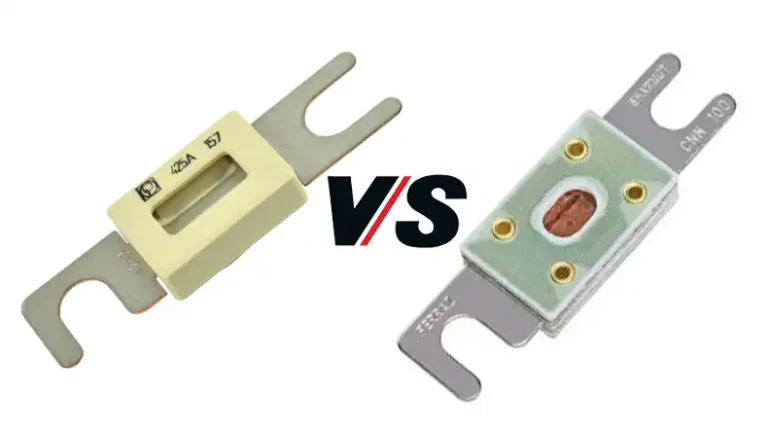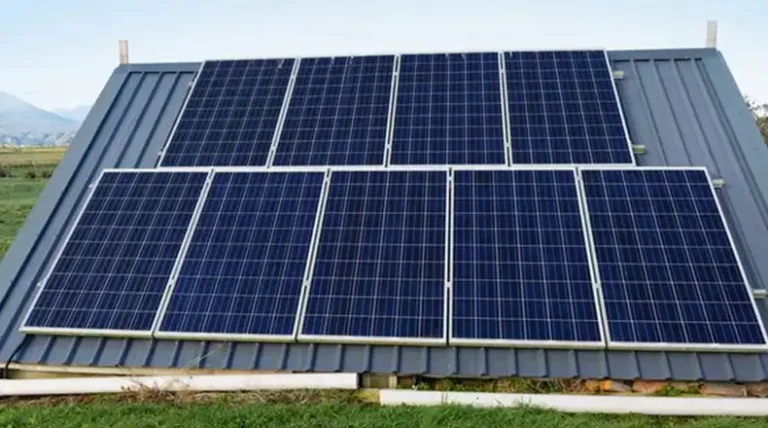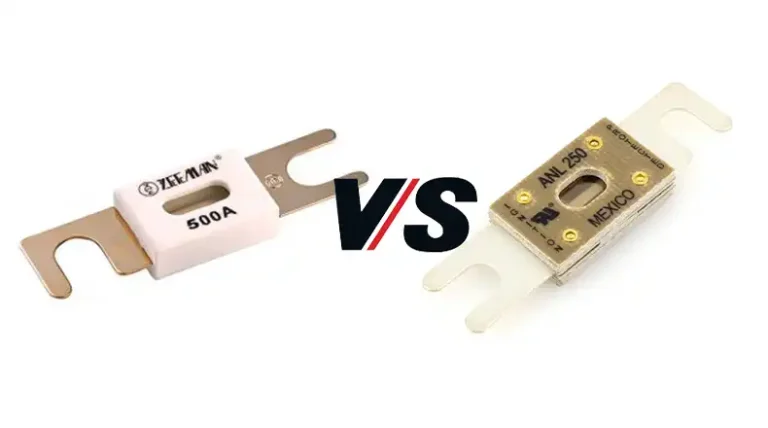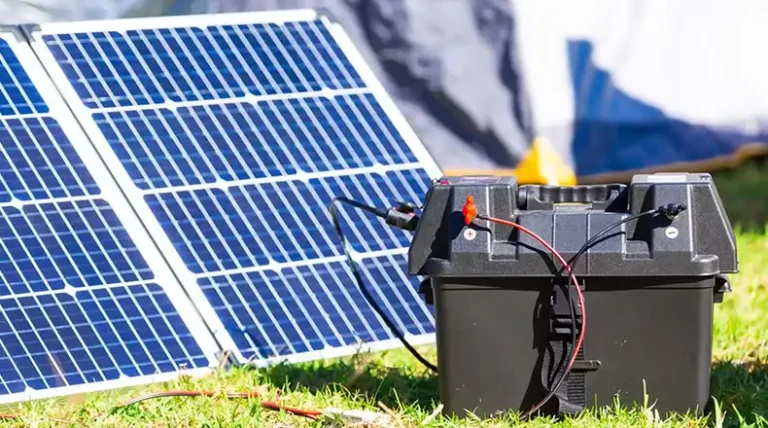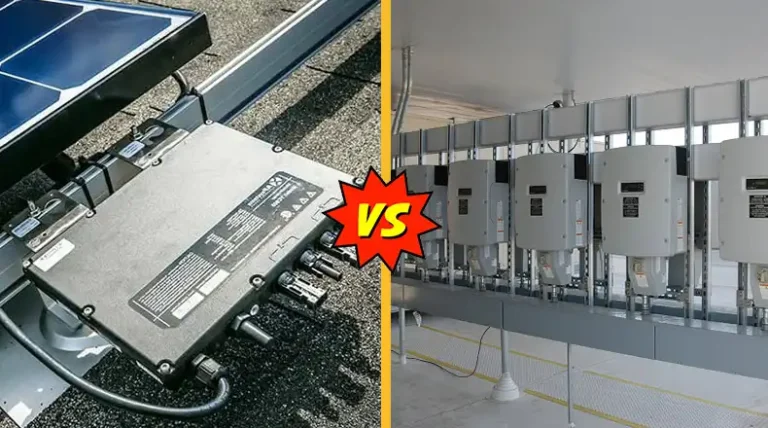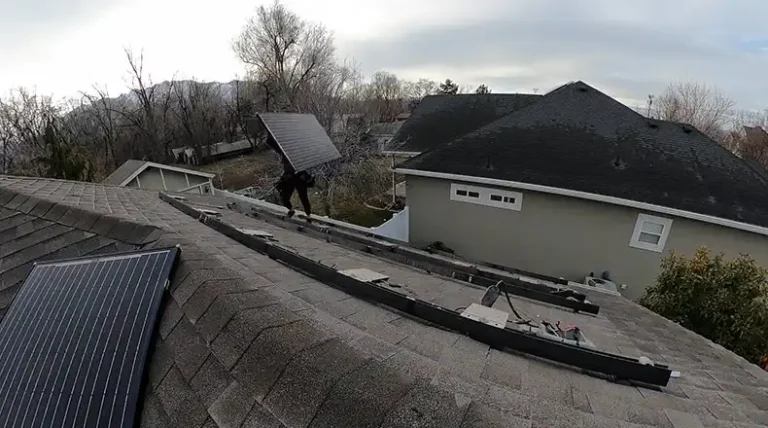How Do I Calculate What Size Inverter I Need?
Having the right size inverter is vital for operating your appliances and devices properly. An undersized inverter will overload and potentially fail when trying to meet higher power demands. An oversized inverter creates excess upfront cost and wastes capacity you don’t need. Properly sizing your inverter ensures reliable, efficient performance.
The size of the inverter directly impacts the operation of connected devices and appliances. With insufficient inverter capacity, you may experience flickering lights, shortened battery life, device damage or shutdowns. Adequate inverter capacity enables your gadgets to receive stable, consistent electrical output and perform at their full potential.
An inverter is a device that converts direct current (DC) electricity like that from solar panels or batteries into the alternating current (AC) electricity used to power home electronics, appliances and tools. Choosing an inverter with enough watts to handle your expected power load is key for maximizing its utility. Calculating your unique electrical requirements takes some legwork but ensures your inverter provides reliable off-grid power.
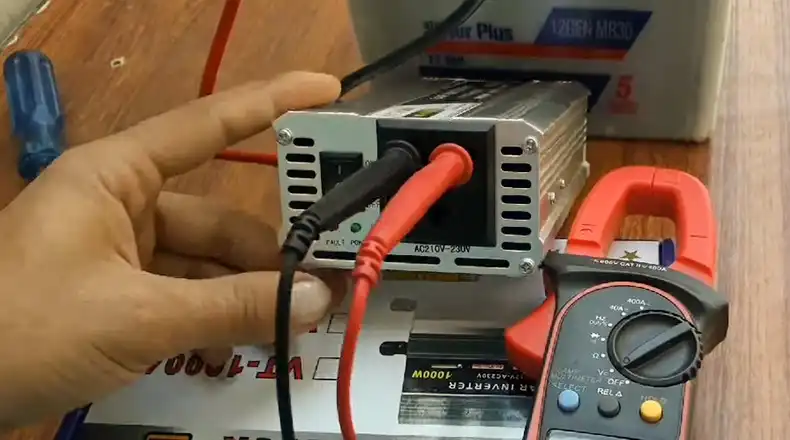
Considering Your Power Requirements
Before discussing inverters, it’s essential to understand your power needs. This forms the foundation for choosing the perfect inverter size, ensuring you have enough juice to keep your appliances humming during outages. Let’s break down the steps involved:
1. Take a List of Your Devices and Appliances
Make a list: Add all the electronic devices and appliances you want to power with the inverter. This could include everything from your trusty refrigerator and TV to your phone chargers and that ever-so-important coffee maker.
Remember, some appliances, like refrigerators and air conditioners, have higher startup power demands. Think about which devices you might be using simultaneously and factor in their peak wattages, not just their average operation wattages.
Don’t forget the essentials: We often overlook the little guys, but those bedside lamps, ceiling fans, and phone chargers add up! Make sure to include them in your list.
Some common electronic devices and wattages include:
| Device | Watts |
| Cellular phone | 50 |
| Hair dryer | 1,000+ |
| Microwave | 1,200+ |
| Mini fridge | 100 (500 on startup) |
| Laptop | 90 |
| Portable heater | 1,500 |
| Lightbulb | 100 |
| Laser printer | 50 |
| LCD television | 250 |
These numbers can vary quite a bit from one device to another, so never rely entirely on such a list when determining power inverter size requirements. While these numbers can be useful in an initial estimate, it’s important to determine the actual power requirements of your equipment before you purchase an inverter.
2. Calculate Your Total Wattage
Wattage wattage everywhere: Once you have your list, find the wattage rating for each appliance. This information is usually found on a label on the appliance itself or in the manual. If you can’t find it, don’t fret! Online resources can often provide estimated wattages for most devices.
Now, simply add up the wattages of all the appliances on your list. This gives you your total wattage requirement – the baseline power your inverter needs to handle.
As an example, Let’s say you want to power a 60W TV, a 100W refrigerator, and some 10W lights for 8 hours. Your total wattage would be:
Total Wattage = 60W + 100W + (10W * 8) = 190W
3. Adding a Safety Buffer
Things rarely go exactly according to plan, so it’s wise to account for unexpected surges or additional appliance needs. Add a 20-30% safety buffer to your total wattage to ensure your inverter has some breathing room. In our example, that would be:
Safety Buffer Wattage = 190W * 0.25 = 47.5W
4. Final Step: Your Magic Inverter Number
Finally, add your safety buffer wattage to your total wattage to get the minimum wattage rating you need for your inverter:
Minimum Inverter Wattage = 190W + 47.5W = 237.5W
Remember, while choosing an inverter, consider factors like surge protection, efficiency, and future needs. It’s always best to consult with a qualified electrician for specific recommendations based on your unique setup.
Calculating the Right Size of Inverter You Need
A. Total Wattage Calculations
When sizing an off-grid inverter system, it’s critical to accurately calculate the total power that will be drawn from it to operate your devices and appliances. This informs how large of an inverter, charge controller and battery bank you’ll need.
Let’s walk through a full example power load calculation:
1. Inventory Electrical Devices: First, catalog all electronic gadgets, lights and AC appliances you need to power:
- Television (LED flat screen): 100 watts
- Light bulbs (LED): 6 watts each, quantity of 8 bulbs
- Ceiling fans: 60 watts each, quantity of 2 fans
- Cable modem & WiFi router: 15 watts combined
- Laptop computer: 65 watts
2. Multiply Watts x Quantity: Next, multiply the wattage of each device by the quantity-
- Television: 100 watts x 1 = 100 watts
- Light bulbs: 6 watts x 8 bulbs = 48 watts
- Ceiling fans: 60 watts x 2 fans = 120 watts
- Cable modem & router: 15 watts
- Laptop: 65 watts
3. Calculate Total Watts: Now sum all of the above to get the total wattage–
- 100 (television)
- 48 (light bulbs)
- 120 (fans)
- 15 (modem/router)
- 65 (laptop)
Total = 100+48+120+15+65= 348 watts
4. Add Buffer for Future Devices
Finally, add a 25% buffer for future devices you may add:
348 watts x 0.25 = 87 watts
Total with 25% buffer = 435 watts
So in this example, a 500+ watt inverter would offer safe capacity for all loads.
B. Calculating the Required Capacity for Your Inverter
When determining the appropriate inverter size, we need to account for real-world inefficiencies in the DC to AC conversion process. Inverters are rated not just by the watts of equipment being powered but also their volt-amp (VA) capacity relative to a power factor.
Ideal inverters with 100% efficiency would output the full wattage consumed by connected devices. However, conversion drains some power, described as a percentage efficiency or power factor between 60-80% for most models.
Let’s calculate the necessary VA rating for an inverter with an 80% power factor:
Our previous load calculation totaled 435 watts for the home
The power factor we’ll base on is 0.8 (80% efficient)
Formula: VA Rating of an Inverter = Total Watts / Power Factor
Plugging in the numbers: 435 watts / 0.8 = 544 VA
So theoretically a 544 VA inverter would suffice. But in the real-world, we need to allow some buffer for voltage spikes. Short spikes well above 435 watts can happen when devices turn on. Also consider potential future devices added to the system. So rounding up makes sense.
Given these factors, a 600 VA or 0.6kVA inverter is likely the smallest suitable choice, while 1000VA or 1kVA would offer substantial future capacity. Carefully factoring efficiency helps tailor the inverter VA to the true needs of the system.
Does a Larger Inverter Provide Better Performance?
When sizing an inverter for an off-grid solar or automotive setup, conventional wisdom often says “bigger is better” regarding capacity. And in many cases, that logic is sound – extra overhead leaves room for expansion and helps prevent overload issues. However, increased inverter capacity also directly drives up cost, physical size and potential waste if that capacity goes unused. So what is the right balance?
There are a few key factors to consider:
Power Buffers Are Wise: As the reference details, total device wattage alone can underrate true needs. Voltage spikes when motors start require brief periods of higher watt output. Having a 10-20% buffer over peak demand makes sense.
Future Expansion Requires Headroom: An inverter sized precisely to your current appliance and device load will hit max capacity quickly if you add more gear later. Planning ahead and allowing extra room enables your system to grow without immediate upgrade needs.
But Oversizing Has Downsides Too: Upfront cost scales nearly linearly with capacity. And large inverters require more battery storage to supply them and often bigger arrays to charge those batteries. Wasted potential also means wasted money.
Calculate a Considered Balance: Carefully tabulating wattage needs, building in reasonable buffer room for spikes and some growth, but avoiding gross overprovisioning based on guesses optimizes the cost/capability tradeoff. Right-sizing the inverter takes analysis but pays dividends.
The merits of “going big” hold true, but practicality should temper the urge to overbuild your renewable off-grid energy system.
Frequently Asked Questions (FAQs)
Q: Should I size my inverter to my solar array or load needs?
A: Base calculation on load. Size solar separately to charge batteries supporting that load.
Q: How often do inverter loads actually reach peak capacity?
A: Peak use may only be a few % of the time. But spikes must be accommodated.
Q: Can I combine multiple smaller inverters instead?
A: Yes, but single units are generally more efficient and convenient.
Q: How do surge protectors impact inverter sizing?
A: They help limit spikes but do not remove the need to oversize as a buffer.
Q: Where is excess inverter capacity wasted?
A: Oversized units can need more battery storage and solar input than necessary.
Final Thoughts
Precisely calculating inverter size requires tallying the peak wattages of all electronic devices and appliances you need to power. Don’t forget voltage spike and future growth buffers. Also factor in the power factor efficiency to determine the true minimum volt-amperes. Investing the effort in accurate upfront load analysis prevents overload issues or overspending, enabling your renewable energy system to operate optimally at the right capacity.

